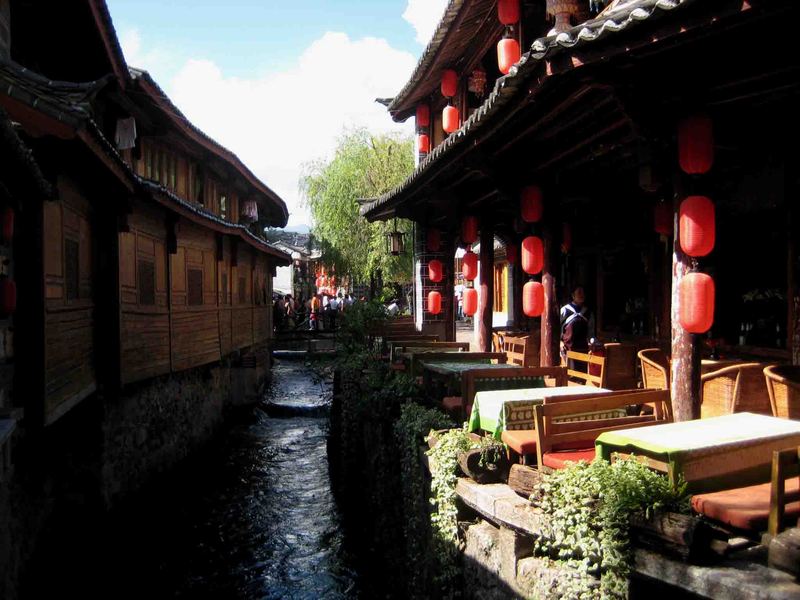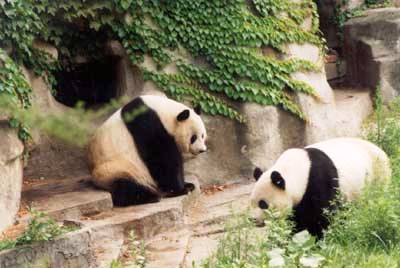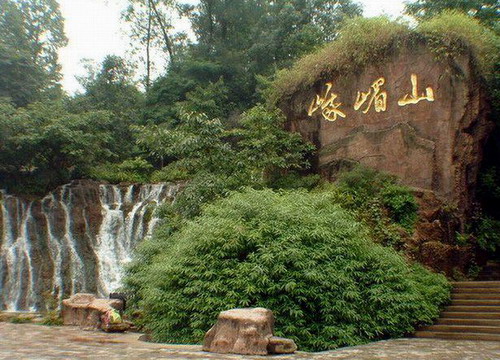The Ancient Tea-Horse Trail

The Tibetan inhabited area of Sichuan Province is the northern route of the ancient Tea-Horse Trail. Tea is believed good for digestion, and to provide vitamins and trace elements, and Tibetans have a long tradition of tea drinking. Inland China began to transport tea to Tibet in the Tang Dynasty (618-907) in exchange for, among other things, horses, hence the tea-horse trade and the route transporting these goods named after it.
Luding is an important ferry on the tea-horse trail. In 1705 a 100-meter-long chain bridge was built on the Dadu River, before which the two banks were connected by an overhead bamboo cable that locals could slide along. In the dry season, locals crossed the river on boats made from ox hide. Construction of the bridge brought more trade to the small city of Luding, now a bustling city in Sichuan Province.
The Sichuan-Tibet Highway was constructed in the 1950s. Most of the old trails are abandoned, only short sections remain. It has mountains on one side and steep cliffs on the other. Its construction took four years and the lives of 3,000 construction workers. Transportation in Tibetan inhabited areas of Sichuan is far more convenient these days. The 270-kilometer journey from Sichuan capital Chengdu to Kangding, most important city in Tibetan-inhabited area, now takes only 6 hours, compared to the two full days it did previously.



